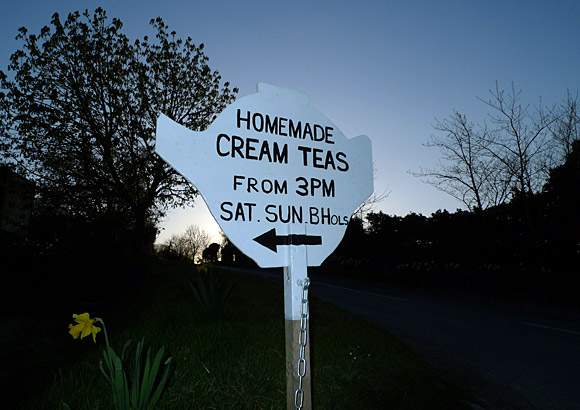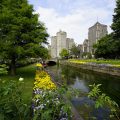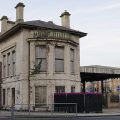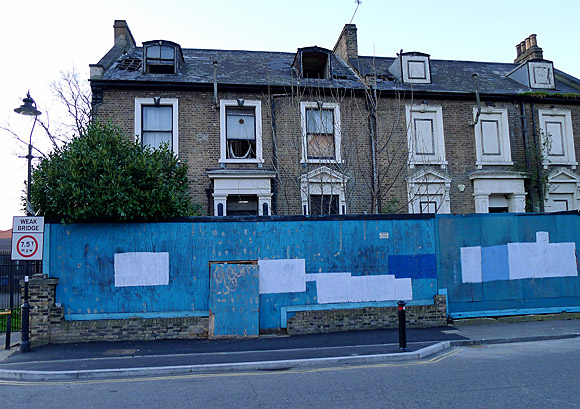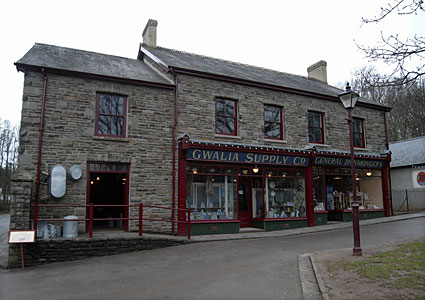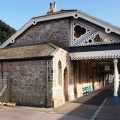
Bristol’s Grade II Arnos Vale Cemetery is a wonderful place to visit, with the 45-acre burial site being opened in 1839 during the reign of Queen Victoria.
Laid out as an Arcadian landscape with buildings by Charles Underwood, the cemetery includes a number of listed buildings and monuments, including the Grade II listed Church of England Mortuary Chapel, Nonconformist Mortuary Chapel, and entrance lodges and gates and screen walls to main entrance.
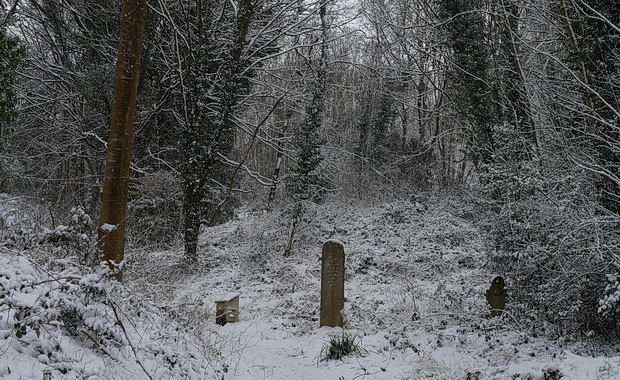
I was back in Bristol playing a gig with the Monochrome Set, and as soon as I saw the snowfall in the morning, I hotfooted (cold-footed?) it down to the cemetery to grab some snaps.
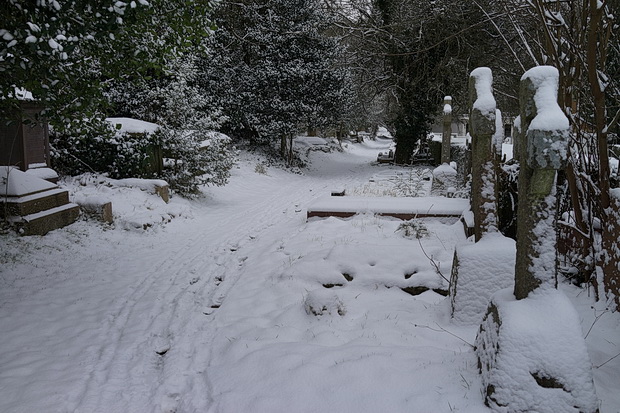
The site went into decline in the 1970s and by the late 1980s there were plans to lock the gates and commercially develop a large section of the cemetery.
After a spirited local campaign led by the Friends of Arnos Vale Cemetery, the site was secured for future generations.
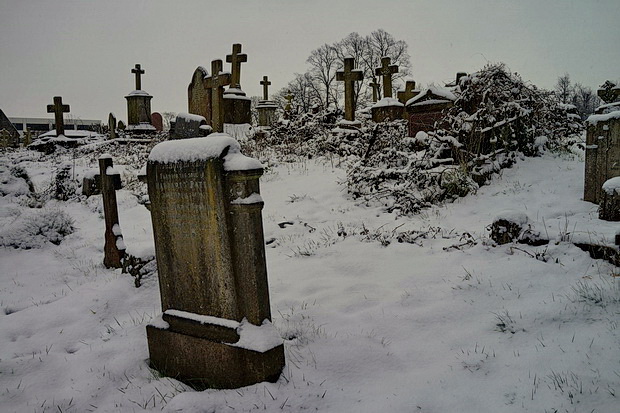
The official site has more detail:
The industrial revolution saw a massive increase in the population of England’s towns and cities where private companies began to establish large cemeteries from about 1830 onwards to resolve (and profit from) the scandalous overcrowding of inner city churchyards. One such cemetery was Arnos Vale, set up in 1837 through a private Act of Parliament establishing theBristol General Cemetery Company.
When the Health in Towns Act of 1855 finally closed the old City churchyards, Arnos Vale was the only significant large place of burial in Bristol until Greenbank Cemetery was opened in 1871.
Arnos Vale Cemetery was designed to be visually attractive in the style of a walled Greek Necropolis, with neo-classical mortuary chapels and gate lodges set in a beautiful garden of trees and plants noted in classical legend, with the backdrop of a steep hillside terraced like an amphitheatre.
Today, the 45 acre site is of considerable ecological importance, having progressed from mediaeval countryside to Georgian estate to Victorian Cemetery to the present day with almost no use of chemical pesticides or insecticides, it is now a rare urban haven for wildlife and plants.
There are four fine buildings within the Cemetery – two Entrance Lodges and two Mortuary Chapels (Anglican and Non-conformist). All four buildings are listed Grade II*. Designed by Charles Underwood and built using the finest materials so that the high quality of the building probably saved them from even greater dereliction, given their lack of maintenance and attention over the last two decades of the 20th century.
The Lodges with their Doric columns were the working office buildings and the home to the cemetery superintendent and his family. They were linked by a tunnel running under the main drive-in area between them so that day to day movement would not interfere with funeral processions passing through the gates.
The Ionic styled Non-conformist Chapel is more elegant than the Lodges but still with sufficient moral simplicity to satisfy the religious ‘dissenters’.
The Italianate styled Anglican Chapel is the grandest building, set at the crest of two inclines which enhances its majestic proportions with its stunning bell tower.
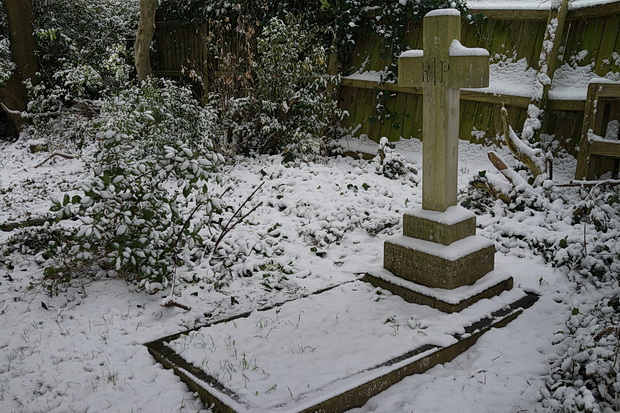

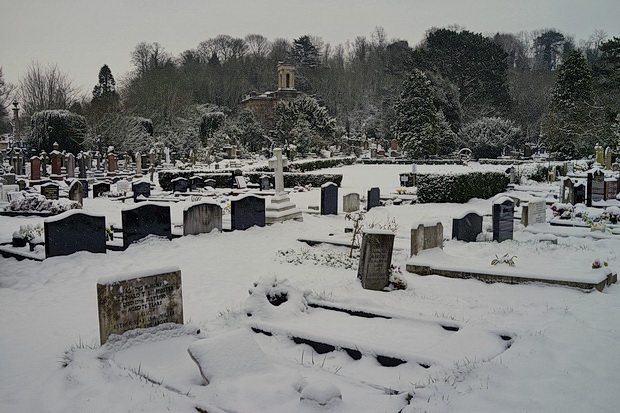
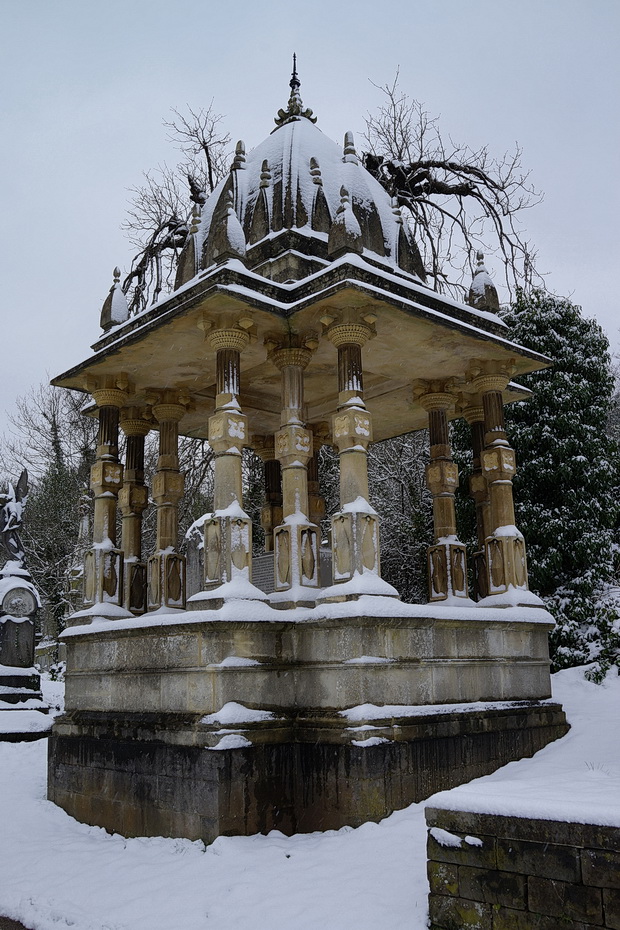
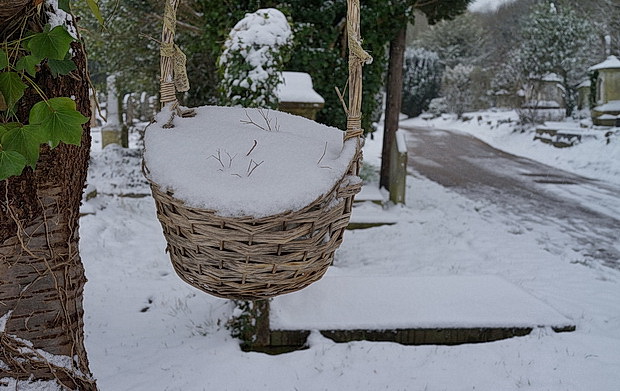
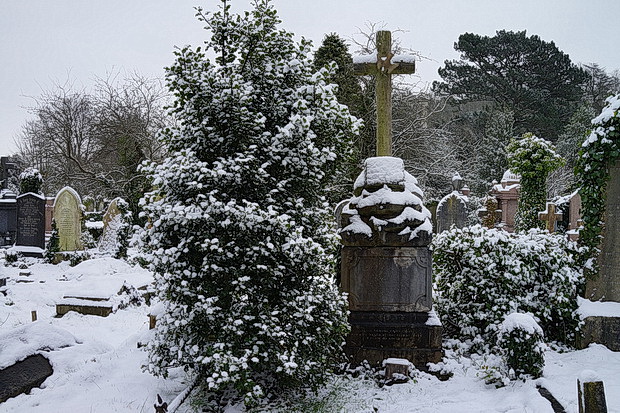
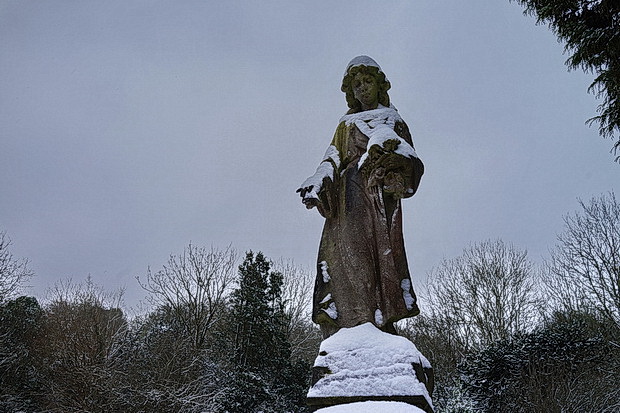

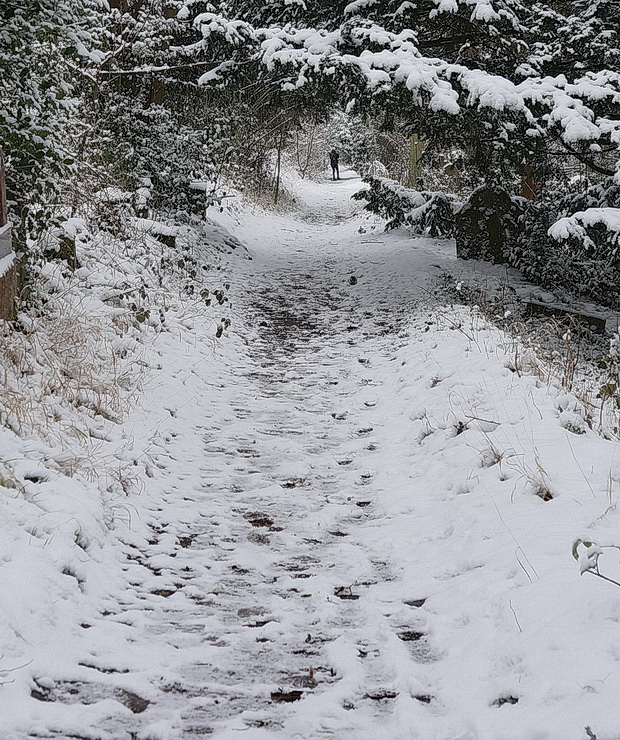
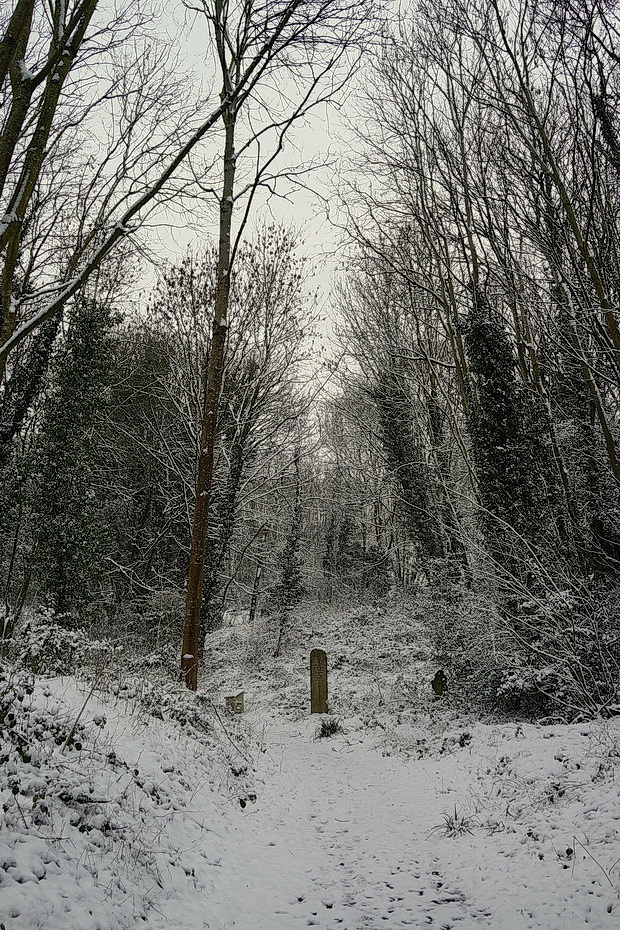
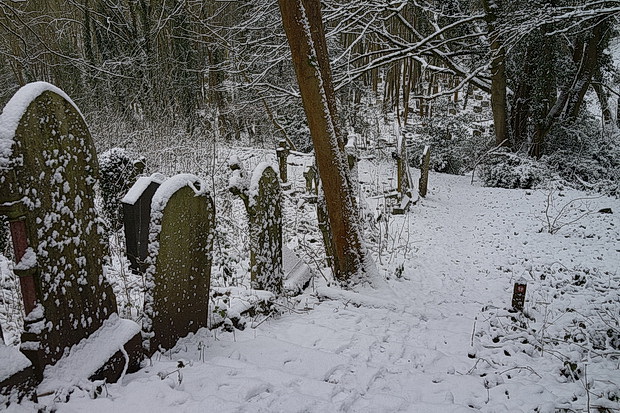
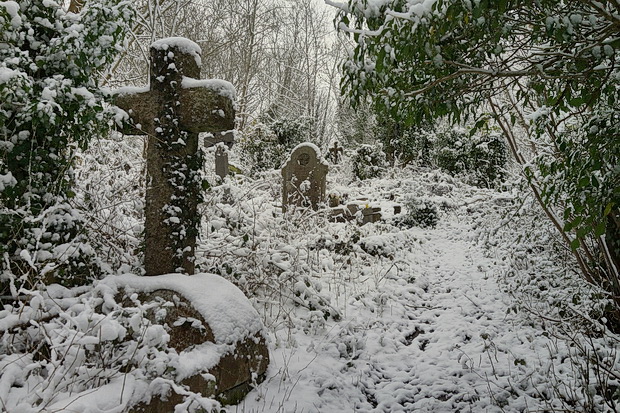
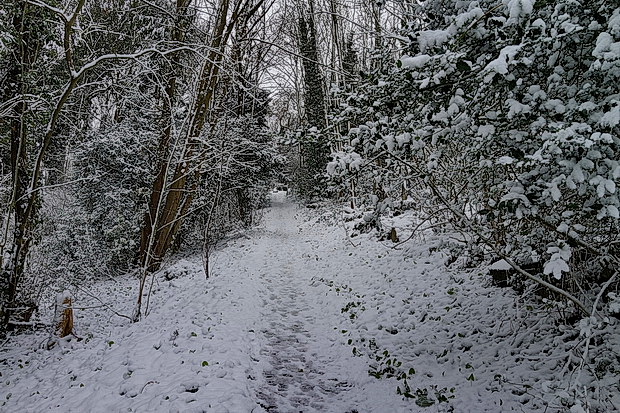
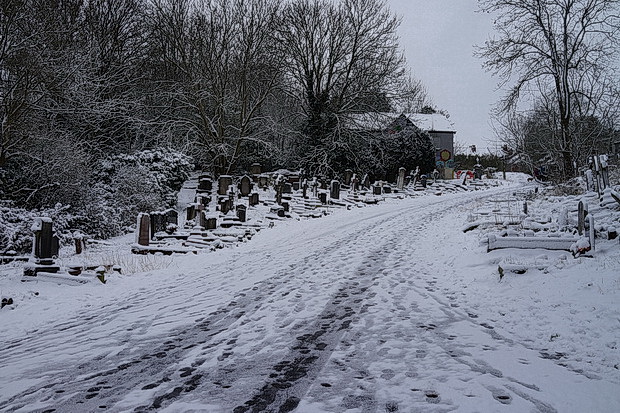
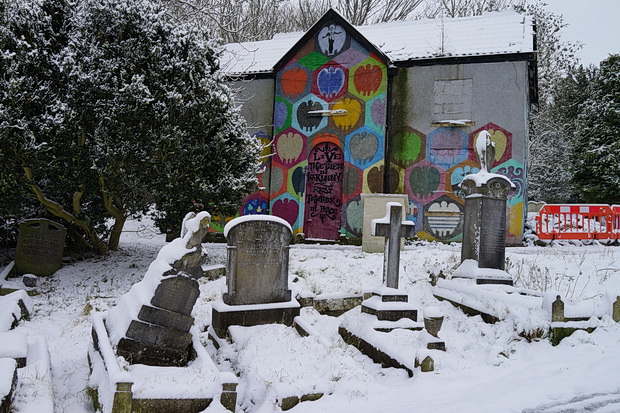
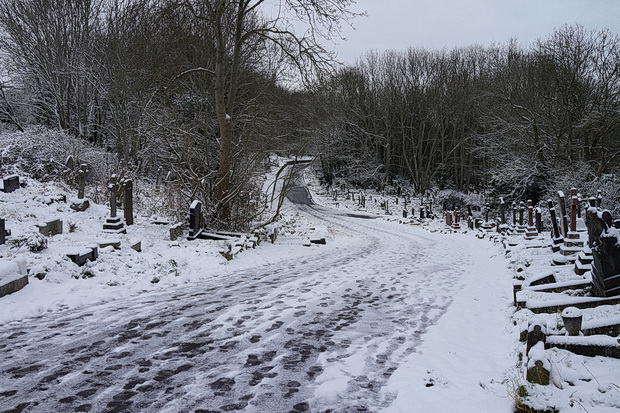
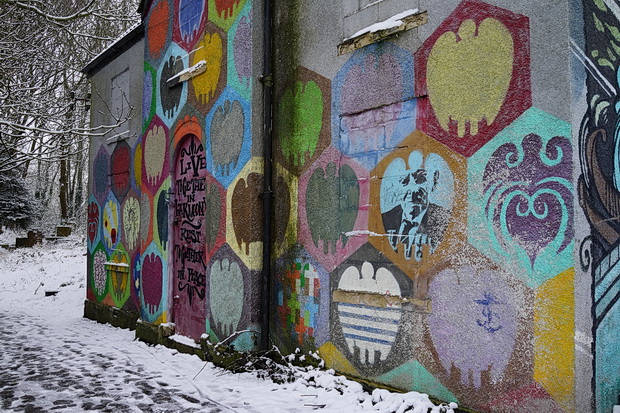

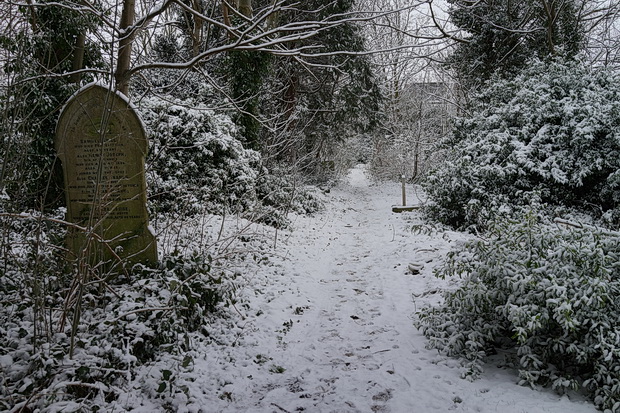
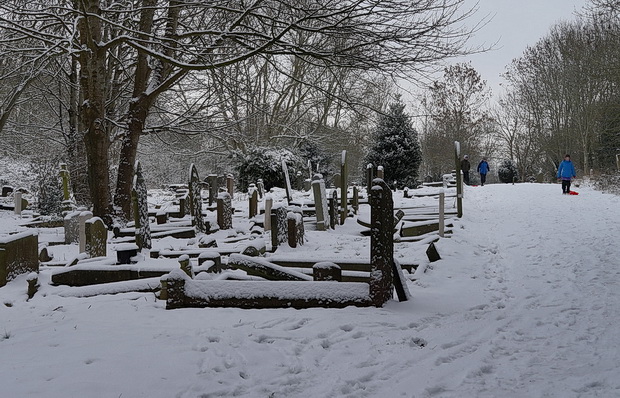
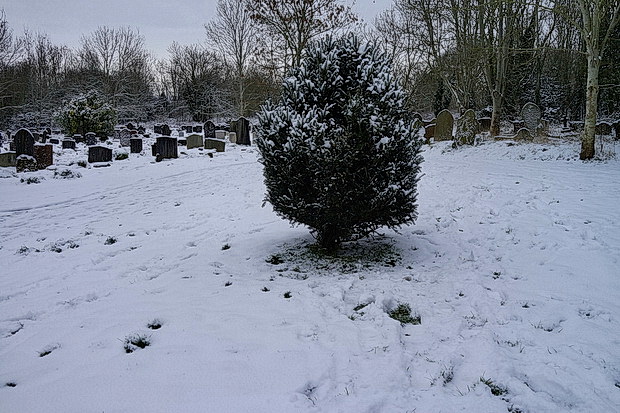
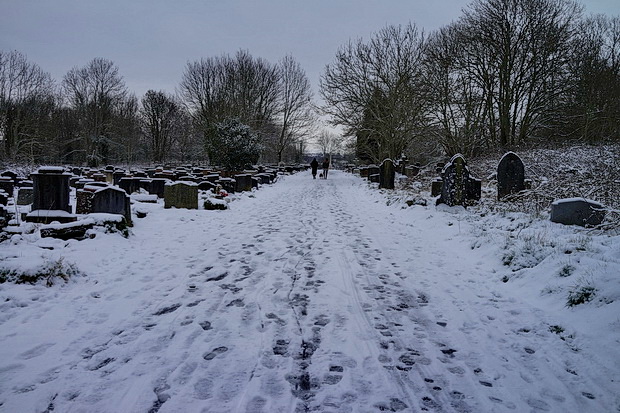
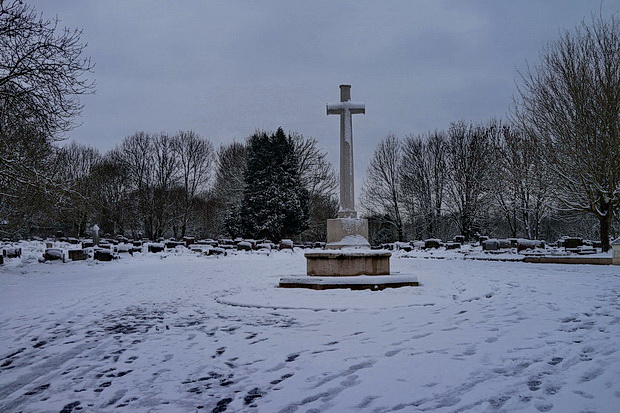

Just outside the cemetery, locals were taking advantage of the late March snowfall.





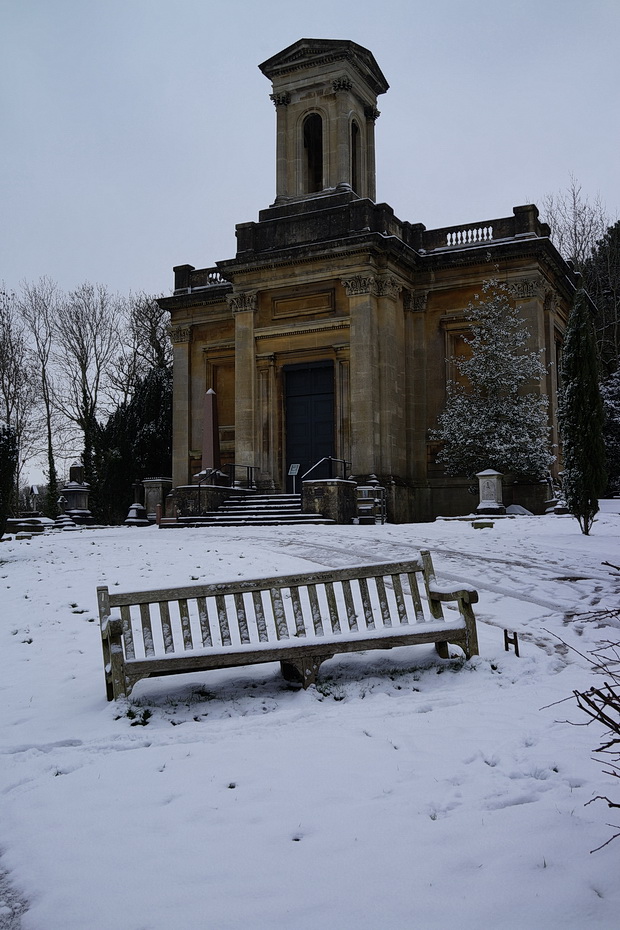
The Anglican Chapel.
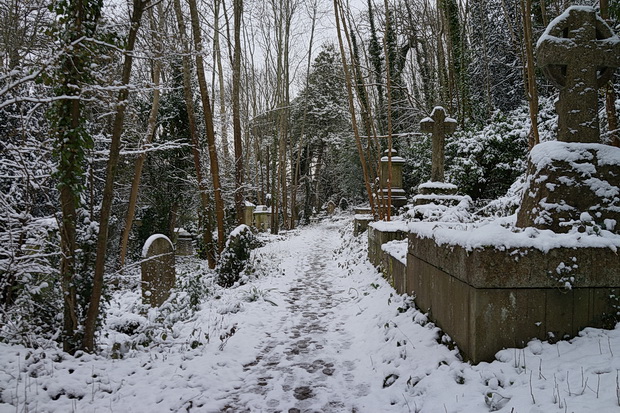
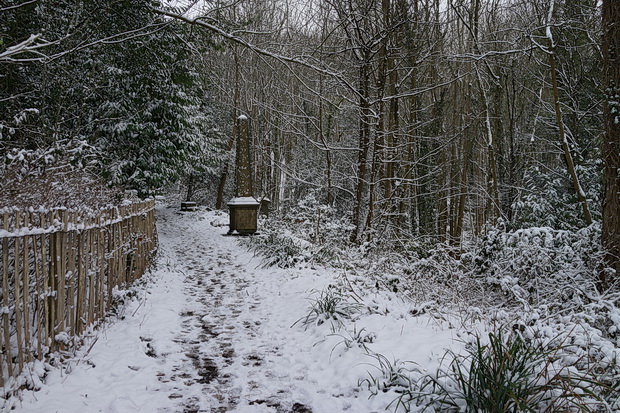
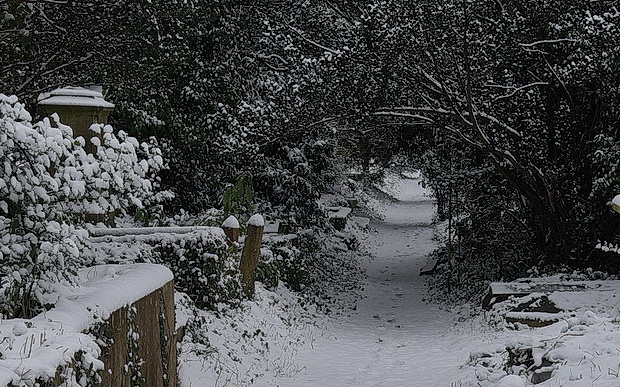
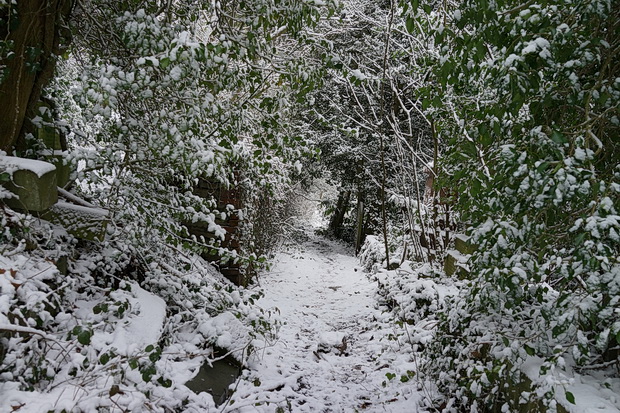
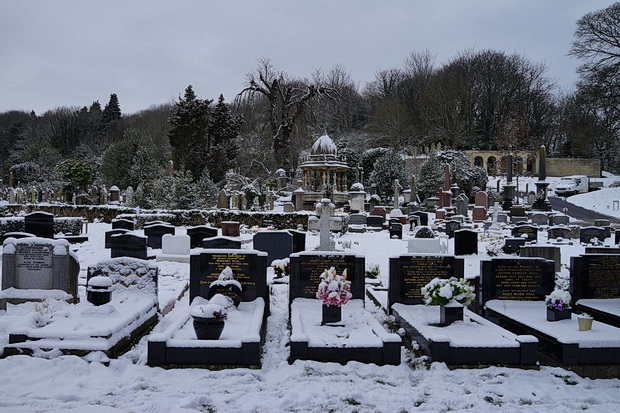
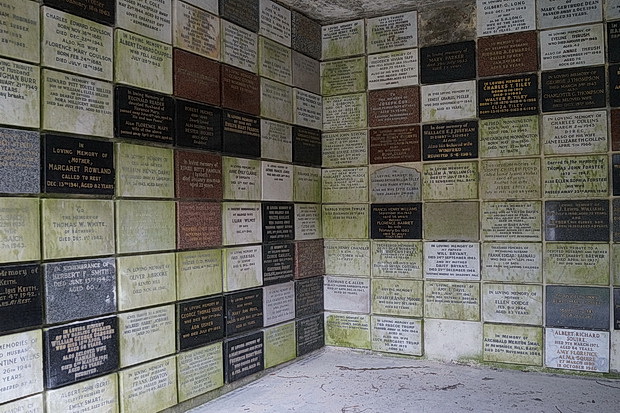
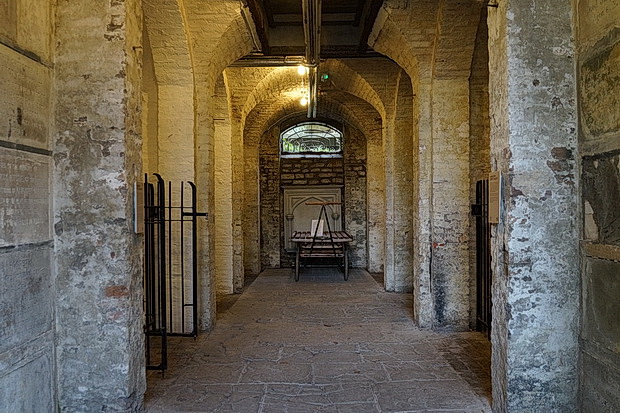
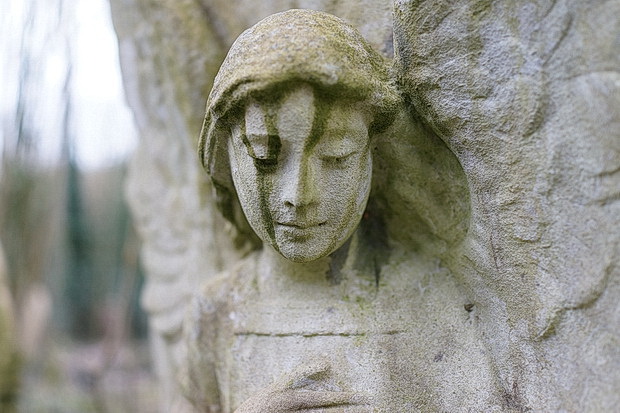
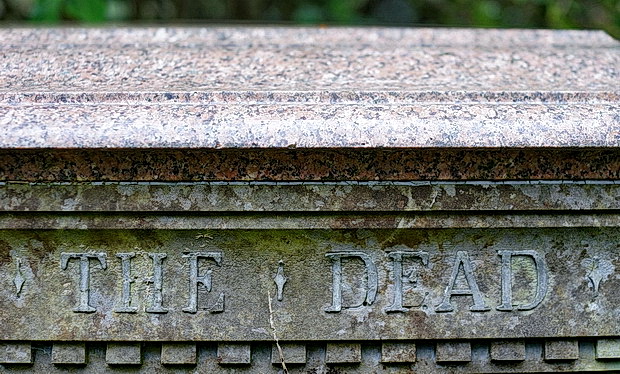
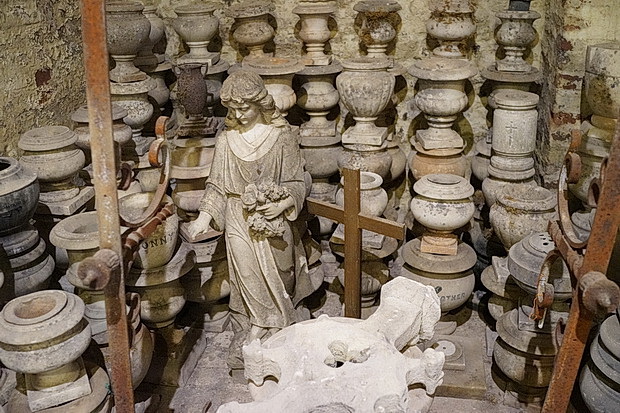
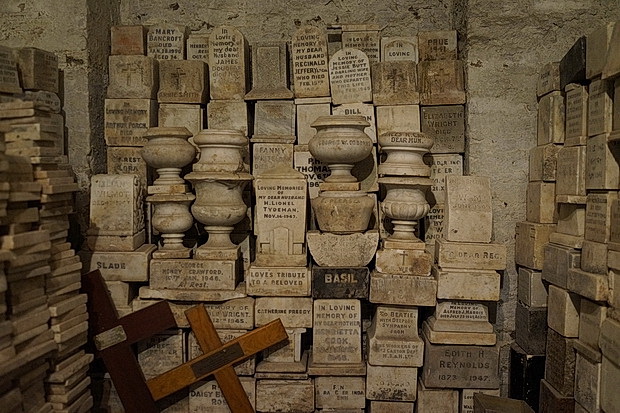
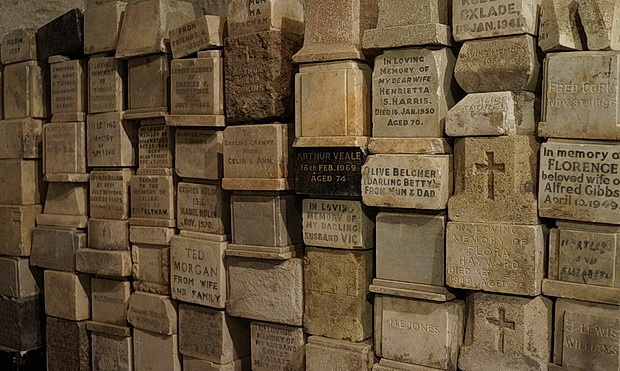
Visitor info
The gates at Arnos Vale are open from 9am to 5pm every day with the buildings and visitor centre open from 10am to 4pm.
The Cafe is open every day from 10am to 4pm (later in the summer) and serves hot food until 3pm
You can enter on foot from the main Bath Road entrance (pictured) , from Cemetery Road, or via Arnos Park. If arriving by train, the nearest station is Temple Meads, located a mile to the east. Bus services 1, X39, 57, 178 and 349 stop outside the Bath Road gates. More info here.


